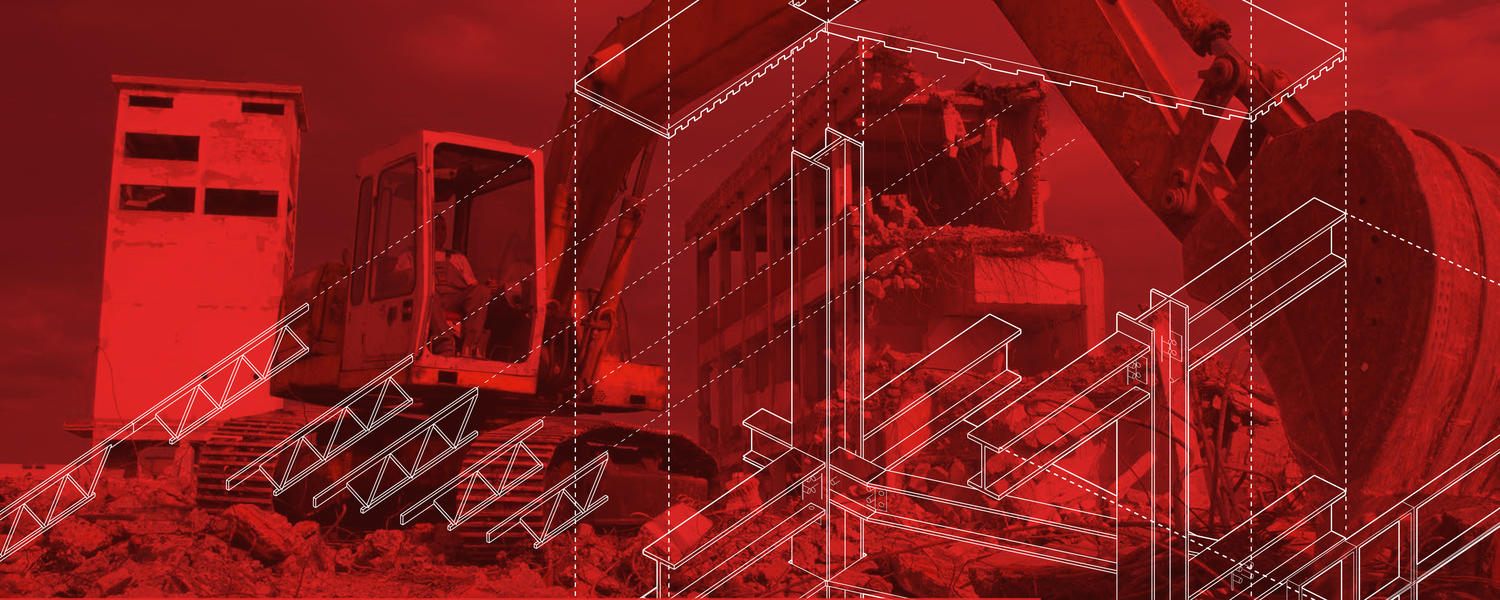Designing Out Waste
Designing Out Waste is the culmination of the inaugural FPInnovations Scholar-in-Residence program at the School of Architecture Planning + Landscape (SAPL) in collaboration with founder of GXN Kasper Guldager Jensen as visiting professor at the University of Calgary. Supported by a $2 million endowment from FPInnovations, the Athena FPInnovations Scholar-in-Residence will lead and conduct research in Life Cycle Assessment (LCA) in SAPL.
The resulting publication outlines the design of a workflow in which existing concrete building waste can be robotically processed and upcycled for use in an outdated building design transformation. Furthermore, we utilize our digital model to calculate and compare the total life cycle benefits of this building transformation and material reuse against standard demolition and rebuilding.
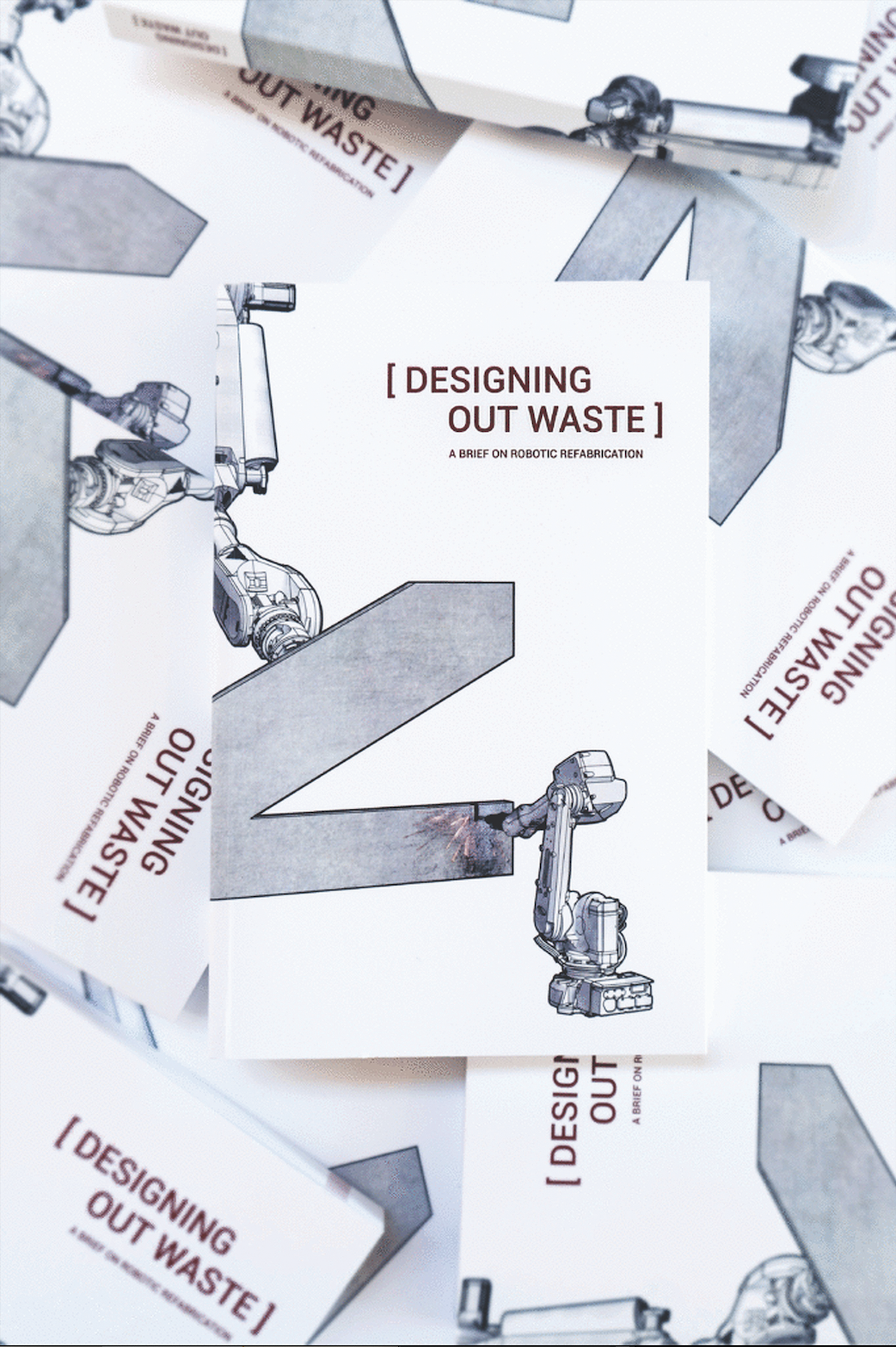
Authors
Kasper Guldager Jensen
Joshua Taron
Kristen Forward
Hayden Pattullo
Collaborators
FPInnovations Advisory Committee: Barry Wylant, Dr. Petra Dolata, Joshua Taron, Dr. Getachew Assefa, Patrick Lavoie
Laboratory for Integrative Design (LID) Team: Oluwaseyi Arole, Guy Gardner, Nicolas Hamel, Charlene Karl, Danielle Kim, Peter Tomanek
Mitacs Acelerate
Dialog Design
Keywords
#circulareconomy #designingoutwaste
How do we make Spatial Waste relevant?
As of January 2019, Calgary had an office vacancy of 25.4%. Due to its recent recession and many architecturally outdated buildings, LiD and GXN set out to transform and upcycle these material and spatial banks through the principles of the circular economy, prefabricated architecture, and digital fabrication.
The recession beginning in 2014 yielded a sharp and extended drop in office demand that left the downtown core with an oversupply of vacant commercial real estate. This fluctuation brought depressed pricing and insufficient tax revenue, while at the same time intensifying the desire for improved spatial qualities and programmatic amenities. This left approximately 12 million square feet of spatial waste in downtown Calgary.
Amidst this central spatial waste in Calgary lies The Britannia Building. The Britannia Building is a 1970s-era, nine-storey office building with 133,000 square feet of leasable area, 70% of which was vacant in 2018. This building is classified by real-estate assessors as a Class C space
(the lowest classification in the Calgary market) based on criteria such as poor spatial quality, failing envelope, and more. Based on these factors, The Britannia Building is unable to compete in the current market where premium office space has become affordable and there is a lack of tenants. With market forecasts projecting a slow moving and prolonged recovery of Calgary real estate demand in the near future, Britannia is a building that appears to be reaching its end-of-life in profitability.
The MacKimmie Tower is a 1970s-era building on the University of Calgary campus that also faced issues with wasted space. Like Britannia, the MacKimmie Tower has been recognized as a structure with a longer potential physical lifespan, that requires transformation to be valuable again. Therefore, the MacKimmie Tower project is setting a new precedent by undertaking a transformative renovation to regain value, while avoiding the waste and costs of demolition.
This research project explores how design might enable new, market value alternatives that mitigate spatial waste in projects such as the Britannia Building. Our objective is to address Britannia’s inadequacies through the application of an innovative material-focused business model that utilizes the MacKimmie Tower as a resource bank, and to apply circular design strategies to enhance the long-term value of these buildings and minimize their various forms of waste.
Waste is a man-made phenomenon. In nature, the concept of waste does not exist
Kasper Guldager Jensen, Partner 3XN, Founder GXN, Visiting Professor, University of Calgary
Partner 3XN, Founder GXN, Visiting Professor, University of Calgary
Digital Crafting
Robotic fabrication can offer significant cost and time savings in the manufacturing and assembly of buildings. This project applies the advantages of digital fabrication to material upcycling, by suggesting robotically-aided processes for re-manufacturing precast concrete panels removed from a decommissioned building.
These machines have the ability to use almost any of the same tools that labourers use; although, they can perform tasks with greater precision and speed. Once a robot is programmed, it can autonomously process and assemble material for just the cost of electricity and maintenance, potentially costing over twenty times less than what a skilled labourer might charge.
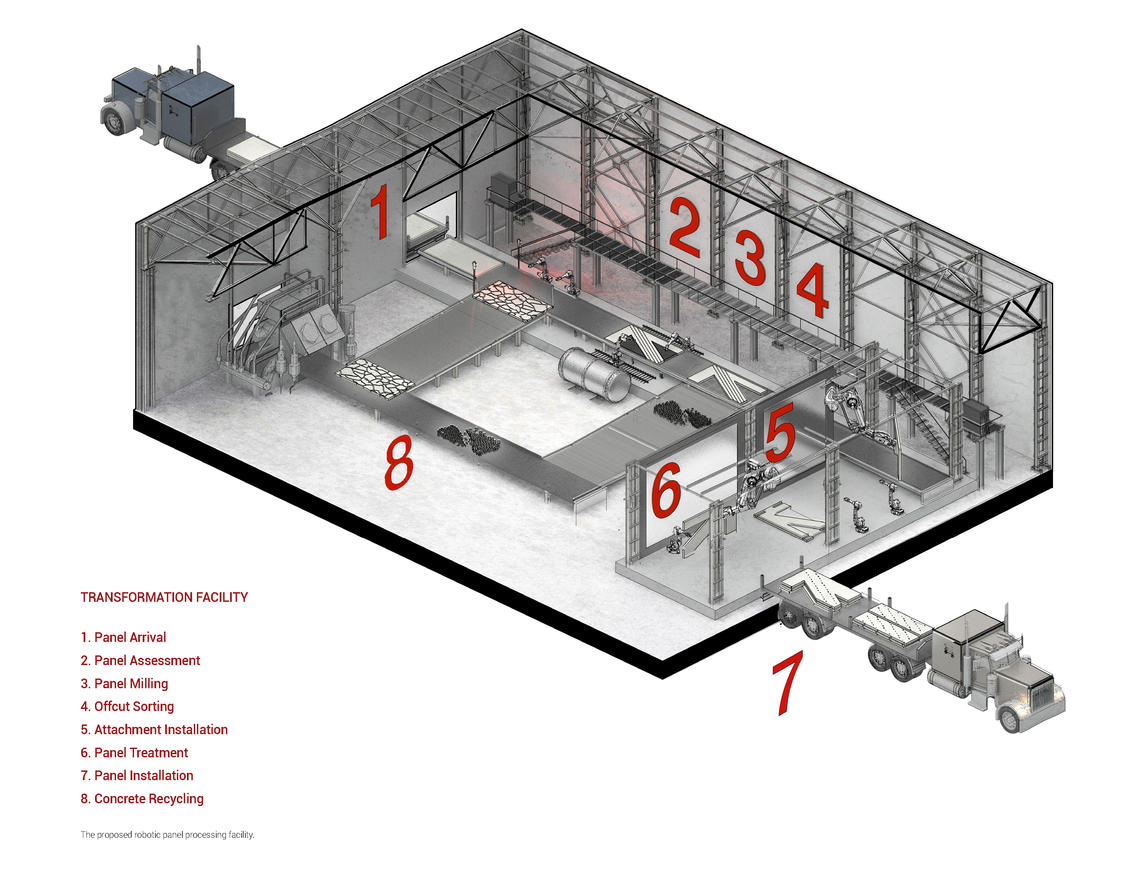
The proposed robotic panel processing facility.
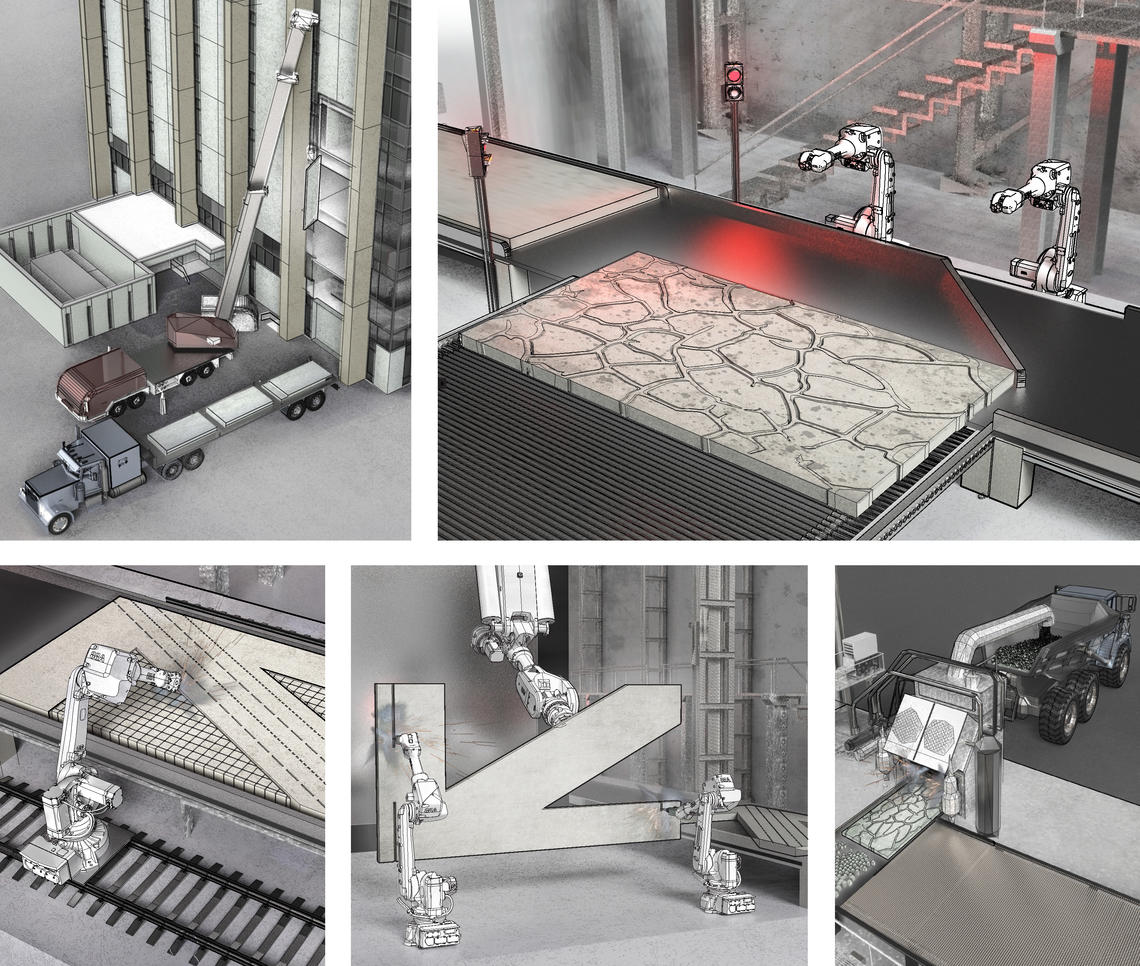
Circular Economy
The introduction of a circular economic model in the construction industry will be a game changer - meaning that the industry will move from being an ’ownership system’ to a structure focusing on “access over ownership.” The main business model potentially could move from the current ‘construction only’ and ‘design-construction’ of buildings to a much longer ‘design-build-operate’ business model.
A prolonged recession in Calgary has resulted in an abundance of vacant office space, much of which is un-rentable due to its low quality and lack of demand. Calgary’s 2019 office vacancy sits at 25%, resulting in a massive amount of value loss through wasted space, energy, and future material loss if it is partially or fully rebuilt in the pursuit of regained value using conventional means.
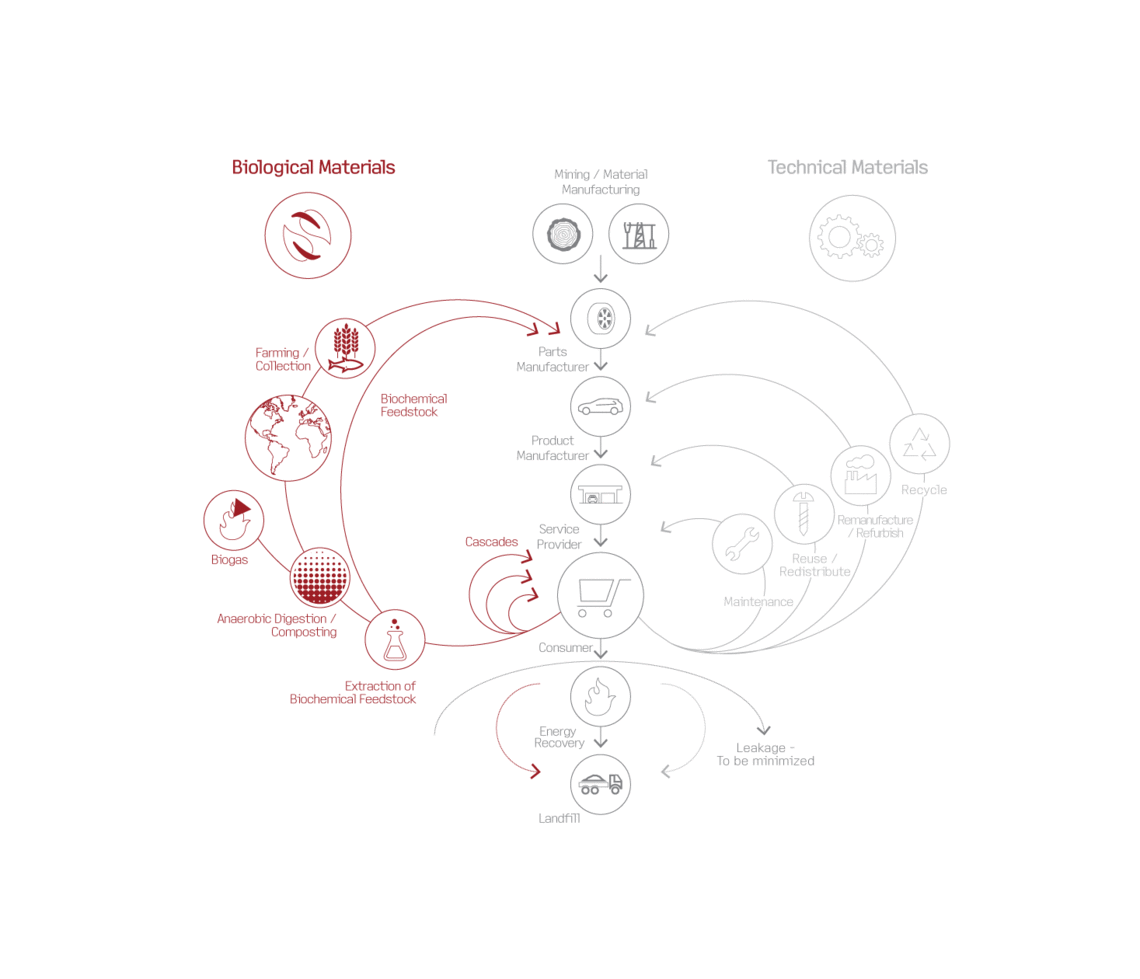
Calgary can leverage its vacancy rate into opportunity to transform its downtown core
Josh Taron
Associate Dean of Research, University of Calgary
Moving forward, the FPInnovations Scholar-in-Residence program will serve as a means for building a global network of LCA design research expertise with the SAPL functioning as a strategic center of excellence. We are extremely grateful to Kasper and his team at GXN/3XN for their leadership and contributions to the project and look forward to building on its successes in the coming years.
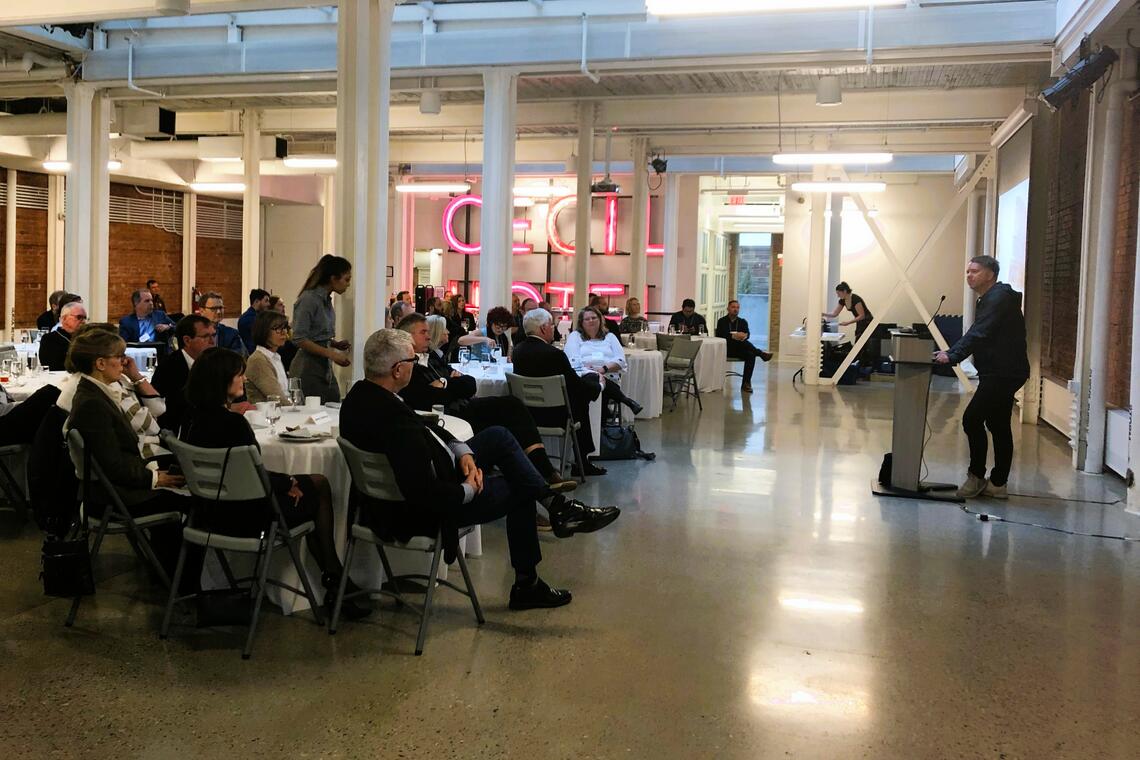
Circular design practices are about designing for materials to be reused at a high value - not just volume
Kasper Guldager Jensen
Partner 3XN, Founder GXN, Visiting Professor, University of Calgary
Curious for more?
Designing Out Waste: A Brief on Robotic Re fabrication
This publication explores how design might enable new, market value alternatives that mitigate spatial waste in projects such as the Britannia building. Our objective is to address Britannia’s inadequacies through the application of an innovative material-focused business model that utilizes the MacKimmie tower as a resource bank, and to apply circular design strategies to enhance the long term value of these buildings while minimizing waste.

